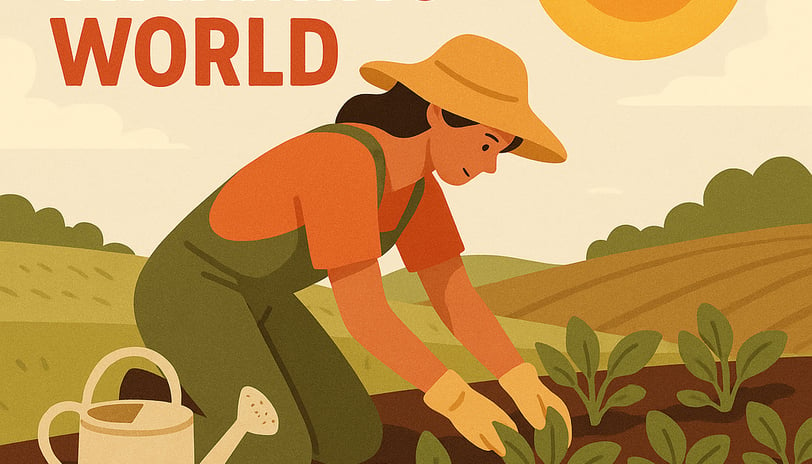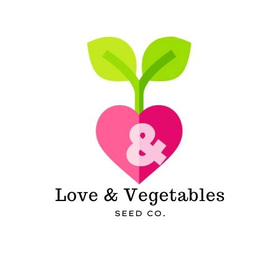60 Heirloom Seed Varieties – Only $50! 🌱 Free Shipping
Gardening in a Warming World: How Growing Your Own Food Fights Climate Change
Climate change is reshaping how we grow food—but your backyard garden can be part of the solution. Learn how growing your own food helps fight climate change, reduce emissions, and build resilience.
ORGANIC GARDENING TIPSBEGINNER GARDENING ADVICE
Keith Kalm
6/24/20252 min read


With heatwaves intensifying, rainfall becoming more erratic, and global crop yields under pressure, the climate crisis is no longer a future concern—it’s already reshaping what’s on our plates. But in your own backyard, there’s a powerful solution that’s often overlooked: home gardening.
When you grow your own food—even a little—you’re not just feeding your family. You’re reducing your reliance on fossil fuels, protecting biodiversity, and making a stand for the planet.
The Carbon Cost of Mass-Produced Food
Industrial agriculture is one of the largest contributors to greenhouse gas emissions worldwide. Here’s how:
Long-distance transport: The average grocery store item travels 1,500+ miles
Synthetic fertilizers: Derived from fossil fuels and polluting waterways
Monocropping & deforestation: Destroys ecosystems and reduces carbon sinks
Refrigeration, packaging, and storage: All add to the carbon footprint
And as climate change worsens, these systems become even more fragile—dependent on global supply chains and increasingly unstable growing conditions.
How Backyard Gardens Make a Difference
When you grow your own food, even in containers or a small raised bed, you:
Eliminate food miles — no transportation needed
Skip the packaging — straight from the soil to your plate
Avoid chemical fertilizers — use compost instead
Capture carbon — healthy soil absorbs CO₂ and improves ecosystem health
Grow seasonally — aligned with nature, not factory demand
It may seem small, but multiplied across communities, this adds up fast.
A Garden Is a Climate Action Plan
A home garden teaches you to:
Adapt to extreme weather with soil prep, plant choice, and timing
Save seeds from successful crops, selecting for heat and drought resistance
Share abundance with neighbors or local food banks
Reduce food waste by harvesting what you need, when you need it
This is resilience in action—not just for you, but for the world.
The Impact of Inaction
If we continue down the current path of industrial food dependence:
Global yields of key crops like soy, maize, and wheat could drop by 10–25% by 2100—even with adaptation
Regions like the Midwest (America’s “breadbasket”) are expected to suffer growing disruptions from heat and rainfall extremes
Our global calorie supply could shrink dramatically—by over 100 calories per person per day for every 1 °C of warming
Mass systems are efficient, but not agile. Home gardens are the opposite: small, flexible, resilient.
Get Started Today
Whether you’re on a homestead or in a city apartment, you can:
Grow herbs in a windowsill
Plant tomatoes in a 5-gallon bucket
Build a raised bed in your yard or driveway
Compost scraps to feed your soil
Love and Vegetables: Because fighting climate change starts with growing something real.
Seeds
Quality organic non-GMO vegetable seeds for sale.
Shop
Grow
seed@loveandvegetales.com
+1 (570) 212-9613
© 2025. All things considered.
